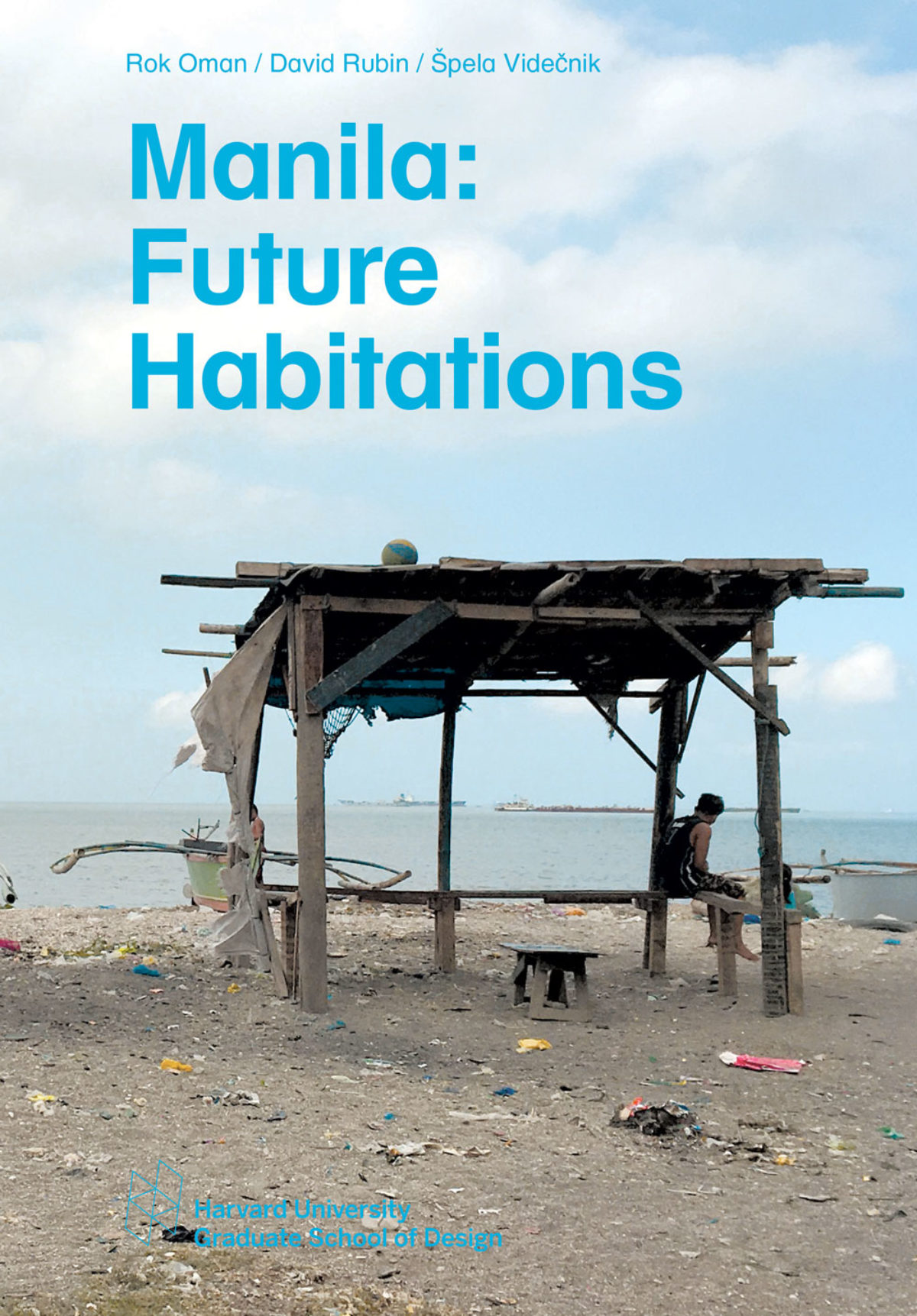Manila: Future Habitations

Manila’s extraordinary history—written, erased, and rewritten—has rendered a current condition that is one of extremes and great tensions. The city is rife with poverty and affluence, congestion and release, pollution and ecological diversity. “Manila: Future Habitations” focused on four strategic areas within or adjacent to Manila’s historic core: the Port of Manila, where sea level rise, commerce, a desire to access waterfront by citizenry, and a need for middle-class housing stock all collide; the Baseco compound, a spontaneous settlement situated on a peninsula in Manila Bay with no infrastructure; the Pasig Riverfront, challenged by an ecological system in ruins; and the Intramuros, where infrastructure, architecture, and the vestiges of colonial Manila misalign. This studio focused on the design of human settlements, new types of dwellings, the connective tissue and common ground of cities, and the challenge of designing for the human condition against future tensions.
Manila: Future Habitations is a Studio Report from the Spring 2018 semester at the Harvard University Graduate School of Design.
Studio made possible with the generous support of AECOM.
Published by the Harvard University Graduate School of Design, Fall 2018.
Instructed by Rok Oman, David Rubin, and Spela Videcnik
Series design by Zak Jensen & Laura Grey; report design by Mikhail Grinwald
150 pages, softcover, 17 x 24.5 cm
ISBN 978-1-934510-69-8
Soon available for purchase from the Frances Loeb Library and Amazon.com